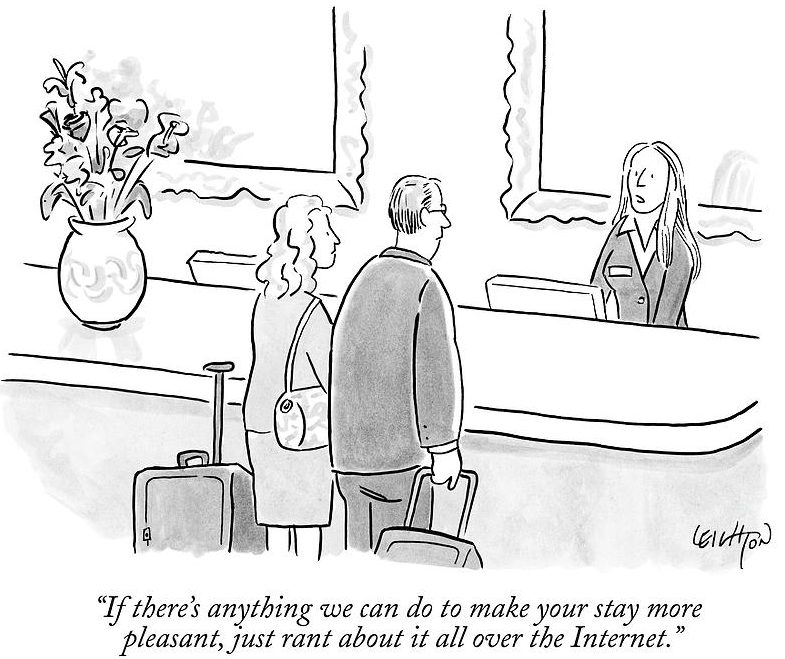
Another incisive excerpt from How To Think, the fantastic little book by upcoming conference speaker Alan Jacobs, this time about the origins of cultural repulsion and “othering”—featuring none other than Martin Luther and Thomas More. There’s some choice language in the following, but the parallels to modern online discourse are too spot-on not to share.
From How to Think: A Survival Guide for a World at Odds, pages 81-82:
“Thomas More’s attacks on Martin Luther and his followers, and Luther’s attacks on Catholicism (and especially the papacy), make most of today’s online insult fests seem tame. More wrote to Luther about “your shitty mouth, truly the shit-pool of all shit, all the muck which your damnable rottenness has vomited up,” and said of Luther’s followers that they “bespatter the most holy image of Christ crucified with the most foul excrement of their bodies”–bodies “destined to be burned.” Luther, for his part, referred to the “dear little ass-pope” who licks the Devil’s anus, and said of all the popes, “You are desperate, thorough arch-rascals, murderers, traitors, liars, the very scum of all the most evil people on earth. You are full of all the worst devils in hell–full, full, and so full that you can do nothing but vomit, throw and blow out devils!”
More and Luther would have insisted that their theological enemies were driving poor unwitting Christians to Hell and therefore deserved such language, and worse, if worse could be imagined. But I think the violence of the language is partly explained by the disinhibition generated by a new set of technologies, chief among them the printing press and postal delivery, which enable people who have never met and are unlikely ever to meet to converse with–or in this case scream at–one another. It is almost as though they’re screaming to be heard across a great distance, in much the same way that in the old days of analog long-distance phone calls people raised their voices to be heard by someone in Paris or Buenos Aires. Rarely will any of us talk that loudly or that fiercely to our next-door neighbors.

Indeed, one might say that neither More nor Luther can see his dialectical opponent as his neighbor–and therefore neither understands that even in long-distance epistolary debate Christians are obliged to love their neighbors as themselves. Maybe the very philosophical concept of “the Other” arises only when certain communicative technologies allow us to converse with people who are not in any traditional or ordinary sense our neighbors.
In his book Works of Love, Kierkegaard sardonically comments, “Neighbor is what philosophers would call the other.” And it is perhaps significant that Kierkegaard, who spent his whole life engaged in the political and social conflicts of what was then a small town, Copenhagen, can see the degeneration involved in the shift from “neighbor” to “other.” He is calling us back from disinhibition, and accompanying lack of charity, generated by a set of technologies that allow us to converse and debate with people who are not, in the historical sense of the term, our neighbors. Technologies of communication that allow us to overcome the distances of space also allow us to neglect the common humanity we share with the people we now find inhabiting our world.”

COMMENTS
2 responses to “How to Turn a Neighbor into an Other (According to Thomas More and Martin Luther)”
Leave a Reply













????
[…] public square. The first half is particularly brilliant. See also: Alan Jacobs’ wonderful How to Think. – David […]